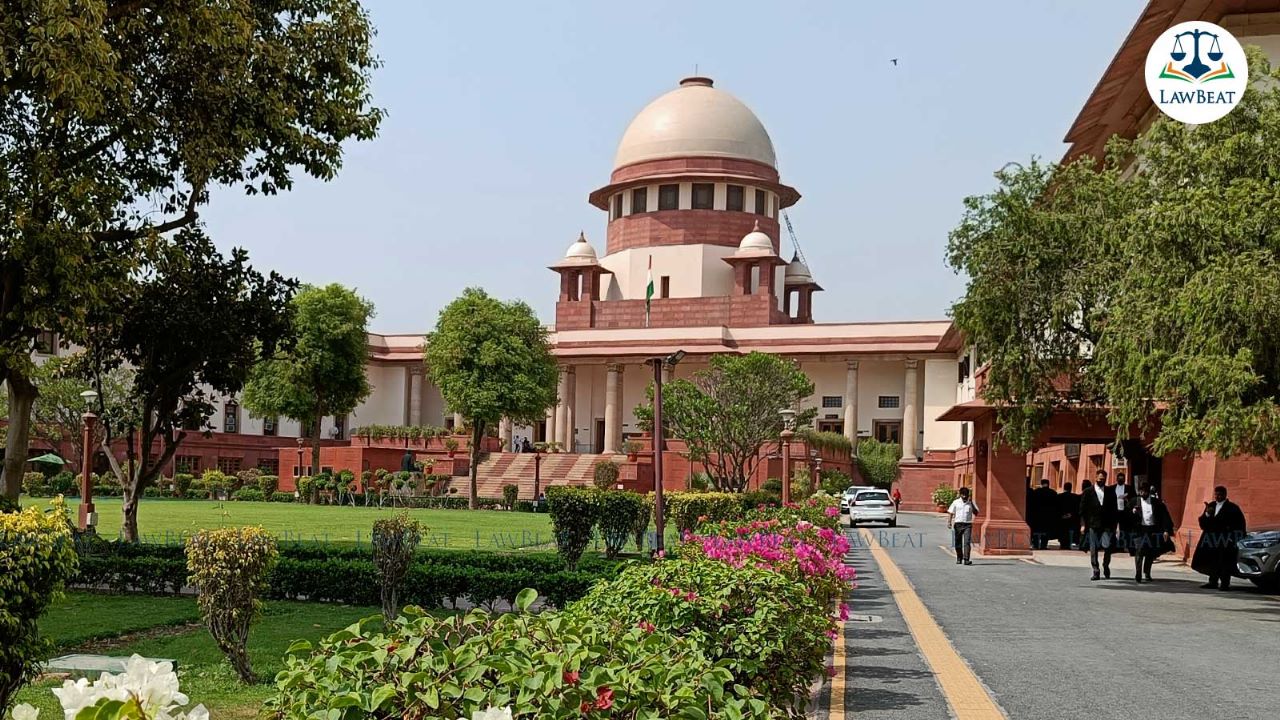SC orders CBI probe why Centre, ASI went back on proposal to declare 'Gumti' as protected monument

SC has clarified, if in the interregnum, the official respondents concerned so desire, they will be at liberty to take steps to protect the Gumti, in accordance with law
The Supreme Court in August directed the CBI to conduct a preliminary enquiry into a Gumti, an octagonal domed structure believed to be belonging to the Lodhi era, came to be occupied by Defence Colony Residents Welfare Association to run its office since 1963-64.
A bench of Justices Ahsanuddin Amanullah and Ujjal Bhuyan also asked the central agency to ascertain how and under what circumstances, when the central government and ASI had initially recommended that the Gumti be declared a protected monument, only on the purported basis of alterations/additions having been made by the DCWA (Defence Colony Welfare Association) and the sole objection submitted by it, both ASI and the Central Government changed their stands.
The court also asked the CBI to find out why appropriate steps were not taken and by which officer or authority to prevent additions or alterations in the Gumti.
The court issued its directions on a petition filed by Rajeev Suri against the Delhi High Court's order of February 20, 2019, which had dismissed his plea for protection of the 'Gumti'.
It noted on February 09, 2004, by a Gazette Notification, the central government (Union of India) gave notice of its intention under Section 4(1)2 of the Ancient Monuments and Archaeological Sites and Remains Act, 1958 to declare the Gumti to be of national importance. Objections to such declaration were sought within a period of two months.
On April 07, 2004, Defence Colony Welfare Association objected to the proposal.
On May 15, 2004, the Director General’s office sought the Superintending Archaeologist’s comments on the DCWA’s objections.
On June 29, 2004, the Superintending Archaeologist reverted to the Director General, ASI, stating that the Gumti has been in the DCWA’s occupation and additions and alterations have been made over time, which may be considered before issuing the confirmatory notification under the Act.
Sometime, in the year 2008, as noted in the Impugned Judgment, the Central Government decided that the Gumti could not be declared as a monument of national importance as major additions/alterations had been made by the DCWA who had been using it as its office leading to the Gumti losing its originality, the court noted.
"We are surprised at the turn of events. In the year 2004 the competent body to recommend declaration of a structure as a monument of national importance viz. ASI favoured so doing, based on the Superintending Archaeologist’s comments supra, but later the ASI reports that as alterations had been made by the DCWA while occupying the structure, the Gumti had lost its originality," the bench said.
From the note accompanying the letter of February 15, 2008 addressed to the Superintending Archaeologist by the Director (Monuments), the court found it emerged that the Secretary, Culture had already previously noted “It however not be feasible for the ASI to protect it as a centrally protected monument.” (sic)
"This creates doubt on the bona fides of the ASI as also the Central Government, insofar as proper processing of the original proposal is concerned," it said.
The court impleaded the CBI through its director and asked the agency to file its report within two months after taking the views of the petitioner.
"Needless to state, if in the interregnum, the official respondents concerned so desire, they will be at liberty to take steps to protect the Gumti, in accordance with law," the bench said.
The court also clarified no change in any manner whatsoever in the Gumti shall be made by any person/body till further orders. "Any deviation in this regard shall entail serious consequences," it warned.
